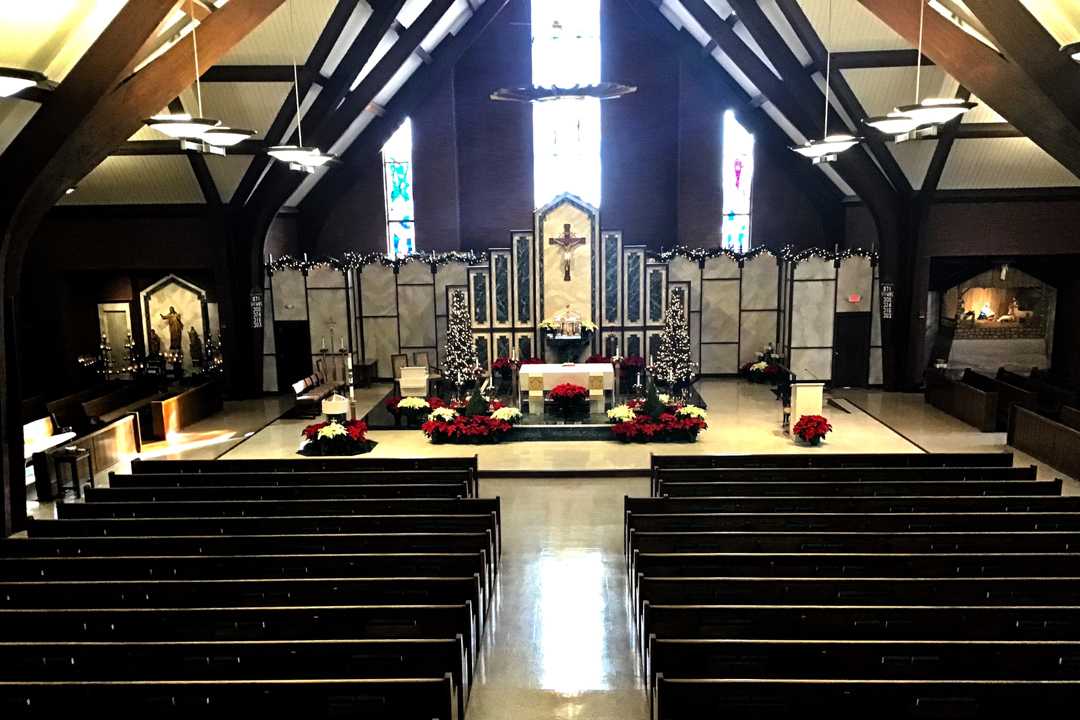Community chosen for Delaware church
- Details

A number of contractors were invited to bid for the project, with Sound Designs’ Community E Series solution being chosen as the preferred design. John Dezell from Sound Designs explains: “Some proposed hanging array loudspeakers, but this would have disrupted the visual aesthetics of the space and blocked views of the recently installed stained glass windows. With a high, beamed ceiling and reflective surfaces we needed a system that would provide excellent pattern control and aesthetically merge with the architecture.
“We consulted with Community’s technical applications team and decided that slim column line source loudspeakers provided the best solution. Demonstrations were arranged on-site and at the Grand Opera House in Wilmington. The sound quality and coverage of the E Series loudspeakers were outstanding and we were subsequently awarded the contract.”
The loudspeaker system is primarily used for live vocal reinforcement with periodic programme audio and, occasionally, instrument microphones are deployed. The main system consists of two column arrays, each comprising two ENT-FR high performance, line source loudspeakers with two VLF208 dual 8-inch compact subwoofers adding bass support below 200 Hz.
The side seating areas are covered by two ENT212 two-way compact column point source loudspeakers. Two ENT206 loudspeakers give additional fill for the front pews and two ENT203 provide monitoring for presenters. A Community networked loudspeaker processor is used for signal processing and loudspeaker crossover.
There are six digital wireless systems operating on the 2.4 GHz band, with antennas mounted on tripods above the sacristy, and one UHF for the wireless altar boundary mic. System mixing and control is provided by a 24-channel digital mixer, with both WiFi and touch screen control. A touchscreen monitor triggers gains, aux channels, EQ, feedback control and multitrack recording to USB.
Dezell concludes: “The results are impressive. The sound quality for speech and music is excellent and dB level testing demonstrated very uniform coverage to all pews, with exceptional frequency response consistency.”
(Jim Evans)
















